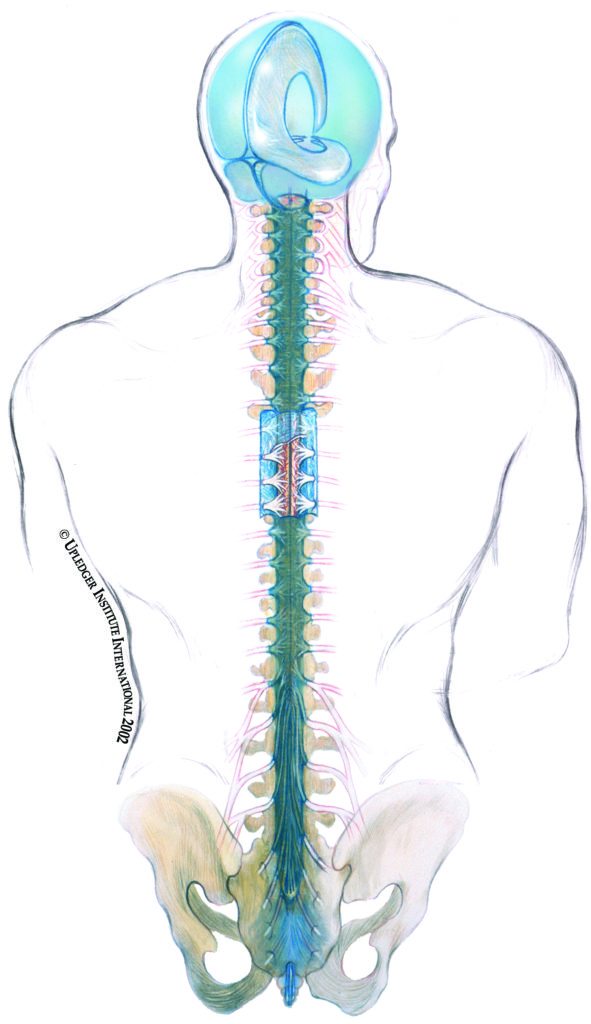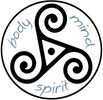
Craniosacral Therapy was pioneered and developed by osteopathic physician John E. Upledger following extensive scientific studies from 1975 to 1983 at Michigan State University, where he served as a clinical researcher and Professor of Biomechanics.
Craniosacral Therapy is a whole body approach to healing. It is an exceptionally gentle yet powerful form of treatment, recognized for the depth of its influence within the body, the range of its therapeutic effects, and its ability to resolve issues subtly.
CST is a hands-on approach that involves gentle and non-invasive touch to sense the body’s subtle rhythms and any patterns of dysfunction and lack of flow. The practitioner’s hands uses subtle force to help restore balance in areas that have been affected by trauma, emotional disturbances and areas of restriction. The therapist holds this force to release restrictions in the Craniosacral system. This requires the therapist to have a light holding of the skull, sacrum and different diaphragms that are in the body. The therapist will also use range of motion and gentle movements to help release these patterns.
It is a profound healing process which can release the deeply held patterns of disease – both physical and psychological – which accumulate throughout life as a result of injury and illness and become held into the body tissues, leading to ill-health and dysfunction.
The benefits of Craniosacral Therapy include:
- Helps to improve the function of the central nervous system and allows the body to resolve patterns of disorder
- Helps with TMJ (Temporomandibular joint dysfunction)
- Relieves migraines and headaches
- Helps with insomnia, depression and anxiety
- Helps with PTSD and decreases stress in the body
- Promotes a sense of well-being
- Helps with concussions and head injury
- Decreases pain
- Helps with nerve compression and spinal cord injuries
What to expect:
During a treatment, the client is fully clothed and laying face up on a massage table. The therapist will lightly touch the client from the feet up to the skull and sacrum. They will be feeling for pattern of restriction within the body. The therapist feels and works with the cranial rhythm which puts the client in a meditative relaxed state, this rhythm is very subtle and gentle. The therapist then works to restore areas of restriction by putting the tissues into a third dimensional load and the waits for a release.
During the session, you may:
- Relax so deeply that you fall asleep
- Enter a quiet meditation-like state
- Feel as if you are dreaming while awake
- Experience memories or insights while on the table
- Enjoy a pleasant sense of warmth, softening, widening or floating
- At times, experience other kinds of sensations as energy that has been held in the body is released. If this occurs, just stay present with your breath and bodily sensations and allow this energy to discharge. The session quite often involves a process of letting go of patterns that inhibit your health and vitality
- Experience a sense of integration in your body, mind and spirit
At the end of the session, you may:
- Feel relaxed, but also energized
- Feel a bit spacey and light headed
- Find yourself breathing more fully and deeply
- Stand straighter and taller
- Feel emotional
- Feel more comfortable in your body
- Be surprised to feel a new sense of peace and ease
- Notice an improvement in your sleep patterns
- Some people can feel very tired for the day
